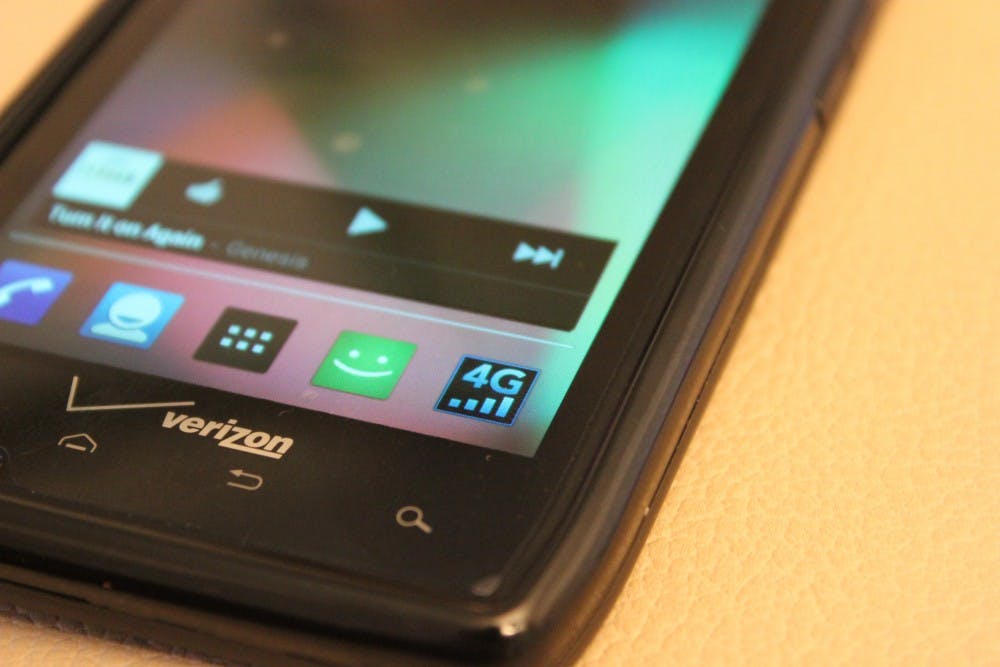 It used to be 3G coverage, but now 4G is slowly becoming more reliable. Is 4G worth it now? Photo by Courtland Jeffrey.
It used to be 3G coverage, but now 4G is slowly becoming more reliable. Is 4G worth it now? Photo by Courtland Jeffrey.When Verizon announced that they were starting to offer 4G LTE coverage just over a year ago, I got excited. This meant noticeably faster internet speeds that I could carry in the palm of my hand. When it was time for me to get a new phone a year ago, I jumped on a smartphone with 4G LTE. Today, I feel that I have made a mistake.
4G LTE is a different type of cell coverage that is offered by Verizon and AT&T that needs a unique antenna in your phone to receive the cell data.
T-Mobile offers a different type of 4G in which they slightly boost 3G’s cellular speeds, but both types of 4G need another radio in the phone (other than the 3G and older radios they already have). While 4G LTE allows me to surf the web and watch YouTube videos at fast speeds, it does more bad than good. My phone’s battery does not even last a day when I have 4G LTE turned on.
Having three different radios in a smartphone is taking things a little too far. Since manufacturers are looking to make phones thinner and lighter while packing in as many features as possible, like these cell radios and big screens, the battery is taking a real hit. The only way for me to get my phone to last from eight in the morning until seven at night, I have to turn off my 4G radios.
Even though I have 4G LTE capabilities, my phone cannot handle it. I am stuck always either using Wi-Fi or 3G to make my device usable for more than a few hours.
Phone companies need to make a change. They need to give up one of the features they push the most, like how thin phones are or how strong (and demanding) new hardware is, because we, the consumers, need a device that lasts for a period of time before needing to be plugged in, at the bottom line, and 4G is not helping towards this goal.
Google made an effort by making their newest flagship phone, the Nexus 4, without an LTE radio. When many, including myself, heard that Google was not implementing 4G LTE into their top-of-the-line phone, I was initially blown away. Why would a large company like Google leave out such an important feature? They realized that technology today is not perfected so that phones can have it all. To build a smartphone that is of use to the consumer, they decided to cut out a key piece of technology that many people want, so they can get what they need.
While I respect Google’s view about 4G LTE (and I LOVE Google), I think my next phone will need to have 4G LTE. When I am on vacation and my family needs me to give them directions, look up restaurants and choose the next playlist, I need to rely on the faster data speeds that can help me get the job done in a shorter period of time. I just hope that when my current phone dies on me, phone companies will have figured out a way to balance features in the phone or give phones stronger batteries, because, what matters the most in my opinion is having a phone that does not force me to carry a charger around every day.
Until then, I will contently live with 3G in a 4G capable world.
If you have any opinions on 4G, share with me on Twitter @Court_Jeffrey or via email at cejeffre@asu.edu. Enjoy!




